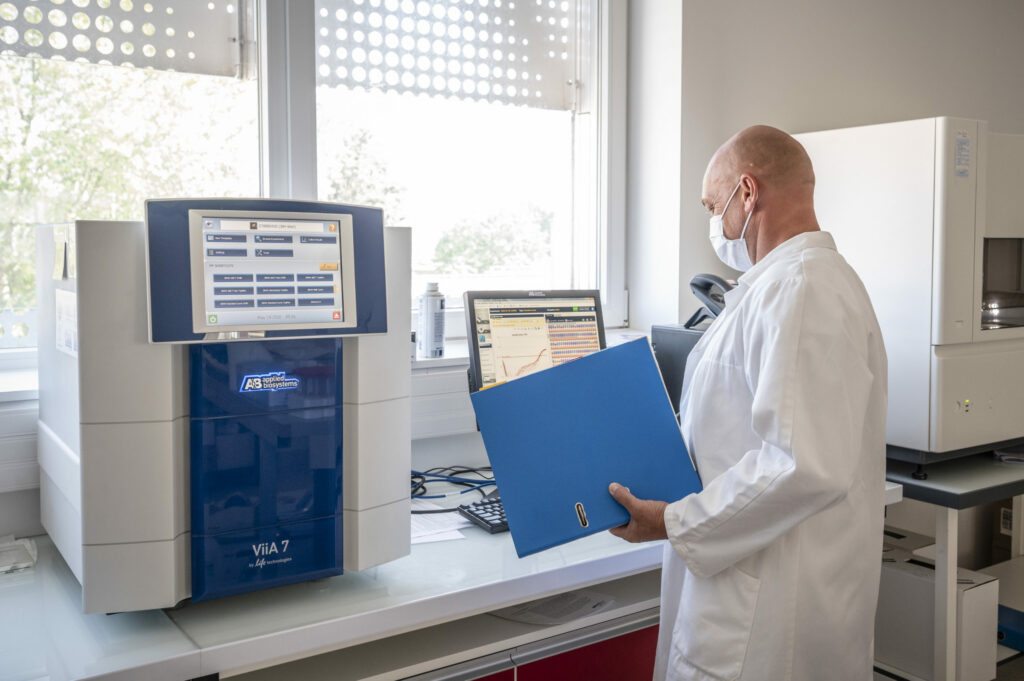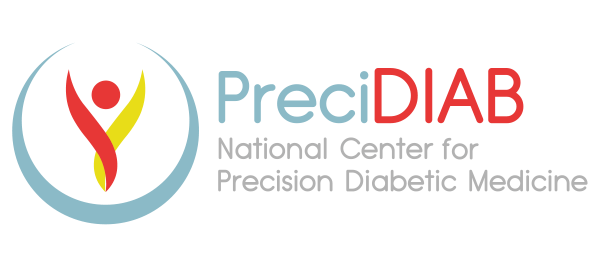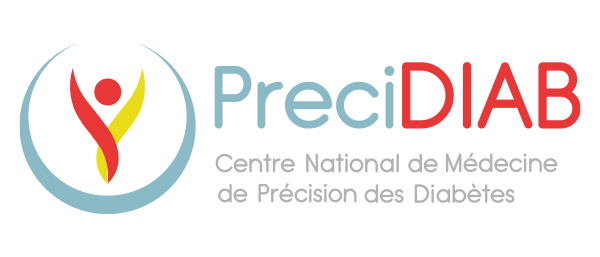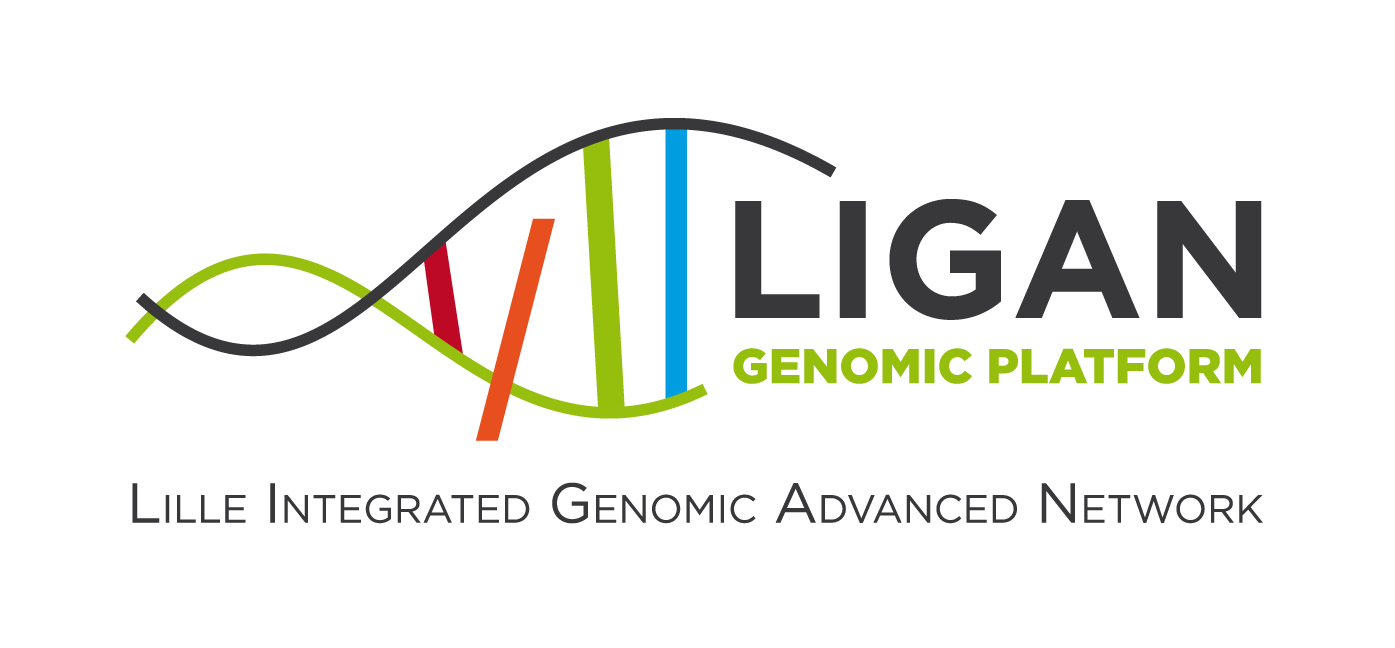
‘Requisition of our platform for RT-qPCR tests‘
On April 14, following a ministerial decree from the prefect, our LIGAN-PM platform was requisitioned to participate in screening for COVID-19.
Our expert platform in genetics and molecular biology routinely uses these techniques. In short, we have the equipment and above all the competent personnel to carry out these screenings.
In addition, we were to test in March for further research the Chemagic robot from the Perkin Elmer group. This robot extracts nucleic acids (including RNA) from 96 samples per hour. The CNRS supported us financially to finally acquire this robot, which made it possible to increase our screening capacity.
“Collaboration with the Synlab laboratory”
Faced with this request for screening, the Synlab laboratory opened a Covid-19 collection center in “drive” mode, intended for health professionals and nursing staff, on the Institut Pasteur de Lille campus. Our team takes care of carrying out tests to diagnose people who have taken a sample from the COVID-19 drive or from the EPHADs in the region. In order to carry out this collaboration, an agreement has been set up between our laboratory and Synlab to carry out the screening. After authorization, a team of 15 engineers and technicians mobilized to carry out screening tests on samples sent by Synlab.
The diagnosis of COVID19 is established in 3 phases, the pre-analytical phase (nasopharyngeal sampling and sample preparation), Analytical (reception, RNA extraction and RT-qPCR) as well as the post-analytical phase (reporting of results to the patient). Our team took care of the analytical phase, which requires a lot of resources and involvement. Our partner Synlab takes care of collection, sample preparation and reporting of results to patients.
‘The steps of virological tests by RT-PCR‘
Since our participation in the screenings, every evening staff have come to the laboratory to receive around 450 nasopharyngeal samples sent by Synlab. Each sample is received in a sealed airtight bag and has an information sheet and barcode.
The first step is to identify the samples. To do this, we check that the sheet corresponds to the tube, which is checked in a confined area, under high PSM (microbiological safety station), with all the required personal protective equipment: FFP2 mask, gown, overshoes, double pair of gloves. This protocol is essential to avoid any risk of contamination, because each sample potentially carries the virus. We have a computer system called LIMS (Laboratory Information Management System) to monitor each sample from receipt to interpretation of the result. The barcode of each is scanned which allows the sample to be entered into our LIMS.
The second step in screening is inactivation of the virus. We do this by using a reagent that can inactivate the virus. This is called the state of lysis. The samples are then placed in the Chemagic extractor which will extract the RNA from the samples. With a maximum capacity of 96 samples per hour, we are able to process 5 series of 96 samples per day, or 480 nasopharyngeal samples.
The third step is called RT-qPCR. A reverse transcription cycle (RT: Reverse Transcriptase) allows the passage of RNA into DNA before carrying out multiple rounds of DNA amplification by a quantitative polymerase chain reaction or qPCR (quantitative Polymerase Chain Reaction). We use specific probes that target the COVID19 genome. Detection of the increase in these probes during amplification then means that the sample is positive.
The last step is to interpret the results, which we then return to Synlab in a secure space and within 24 hours.
‘Test results by RT-qPCR‘ ’
To diagnose COVID-19, RT-qPCR tests remain the most reliable today and answer a specific question at a given time.
We still have a fairly high rate of positive diagnoses since we obtain an average of 10% of positive cases following the tests. This shows that the barrier measures must continue to be radically respected in order to continue to reduce the number of positive cases.
Amélie Bonnefond, Scientific manager of the LIGAN-PM genomics platform
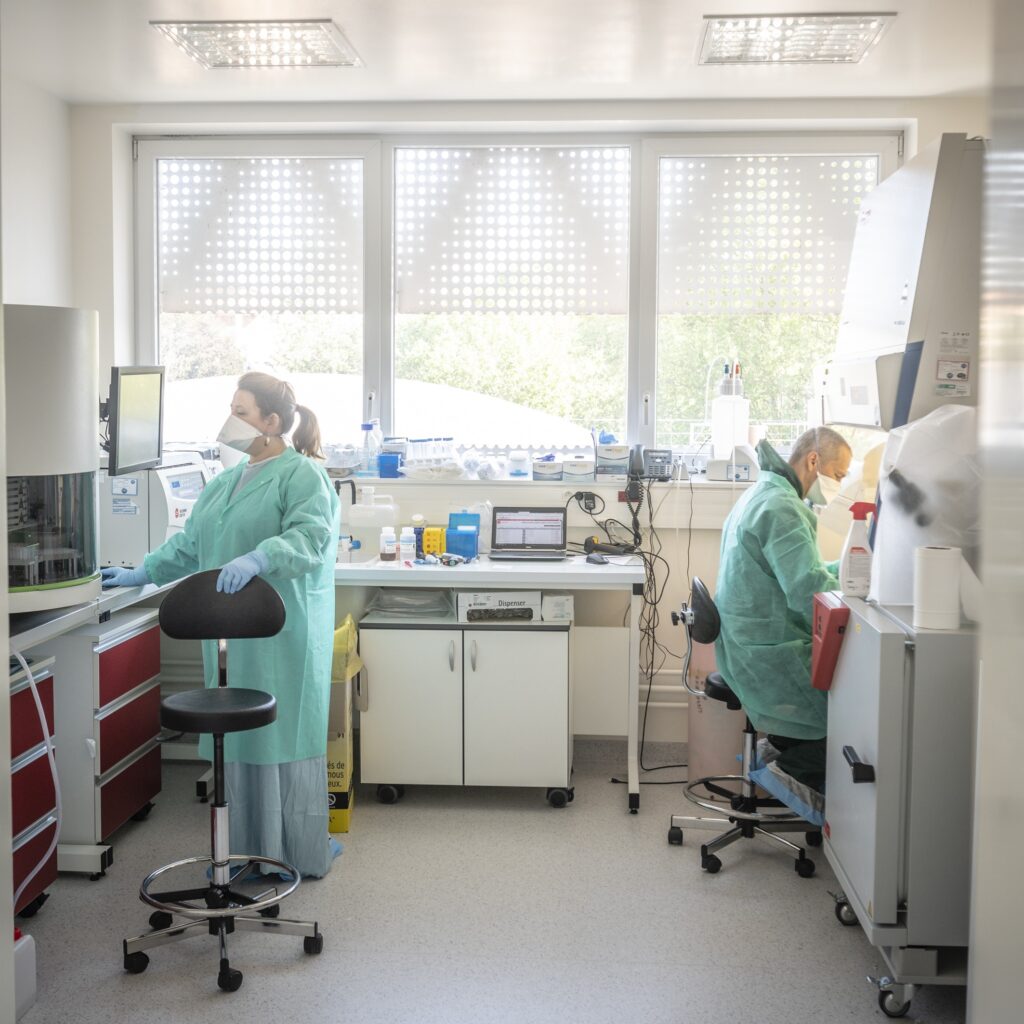
L2 virus RNA extraction laboratory
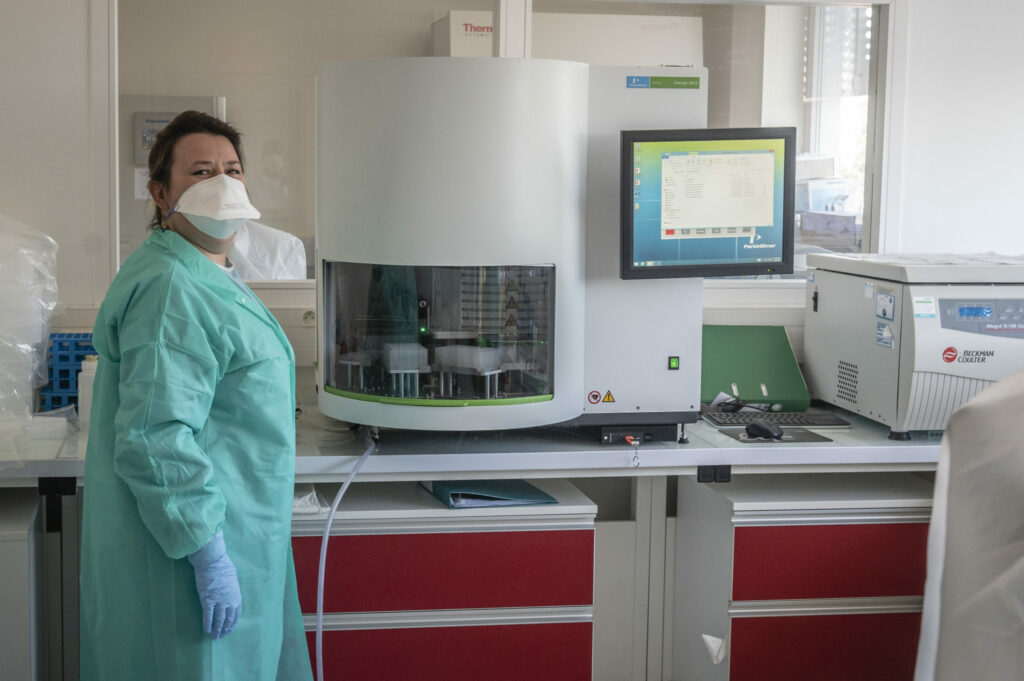
Audrey Leloire, assistant engineer, in front of Perkin Elmer's Chemagic extractor
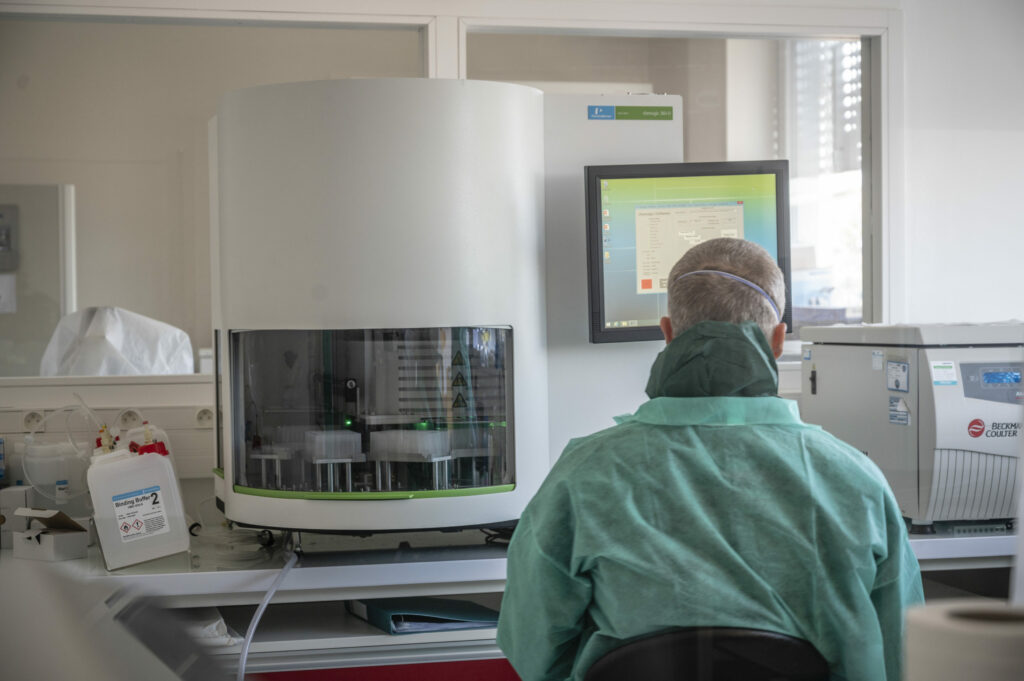
Frédéric Allegaert, assistant engineer, in front of Perkin Elmer's Chemagic extractor
